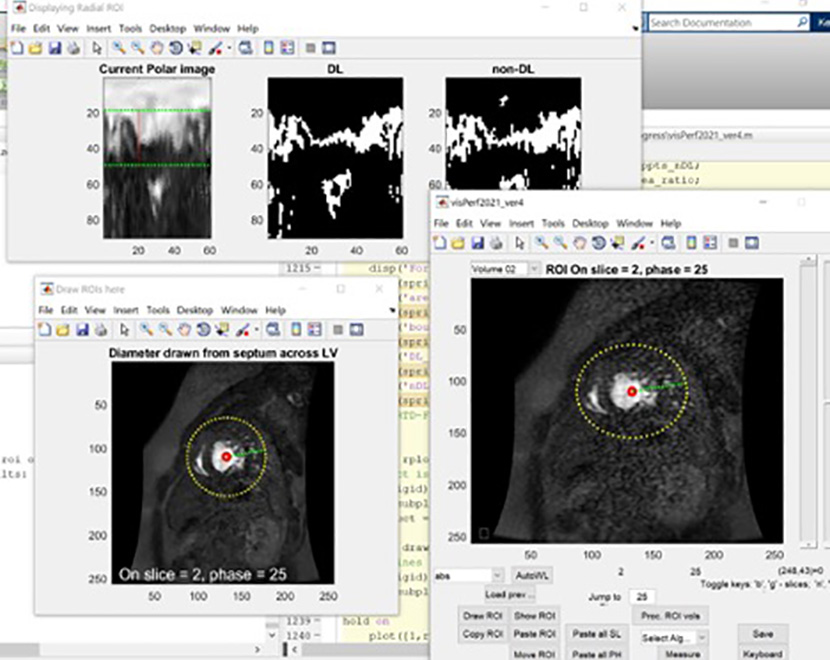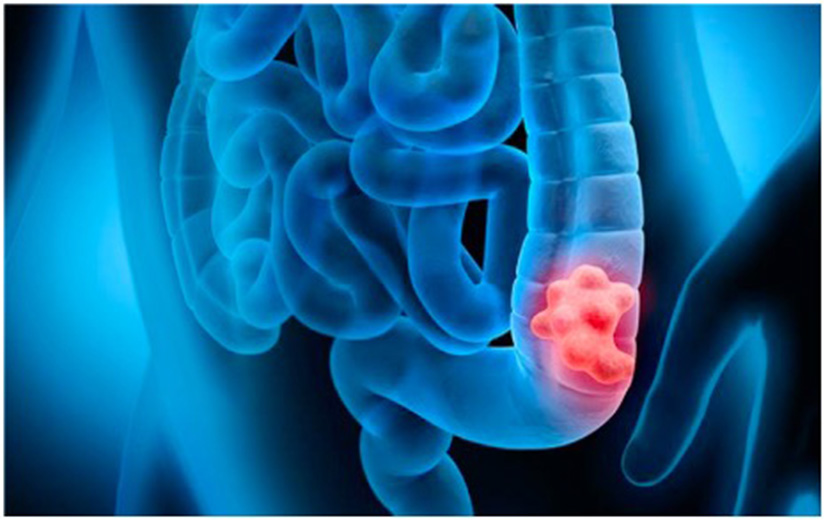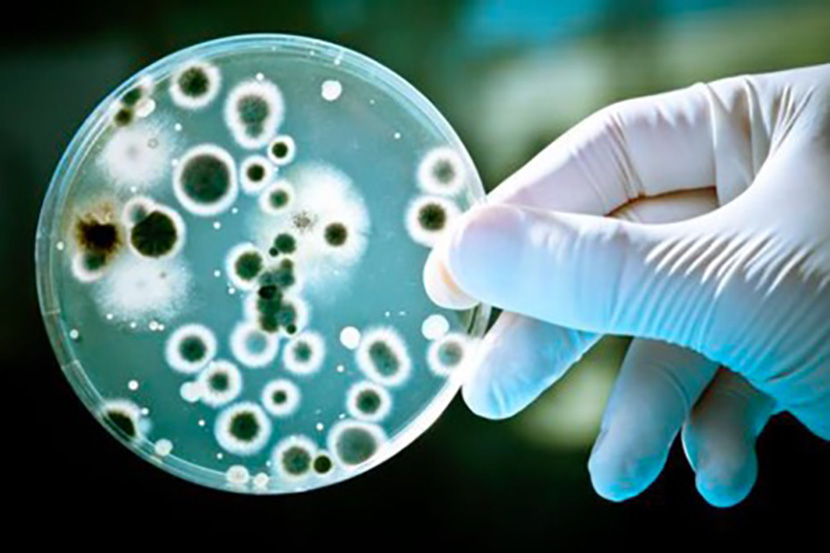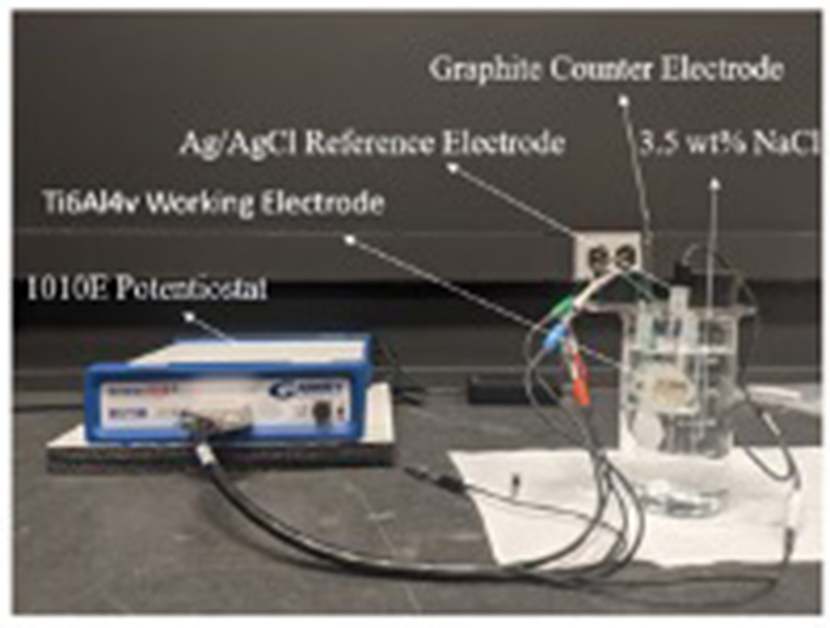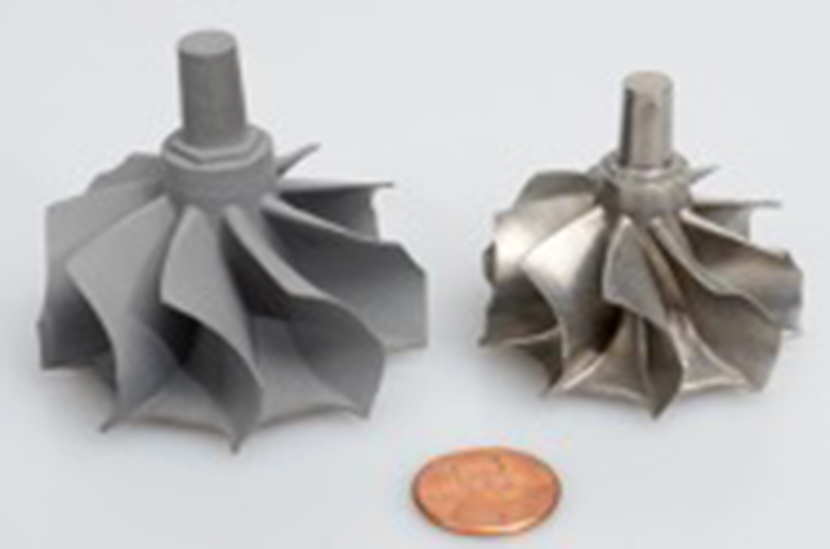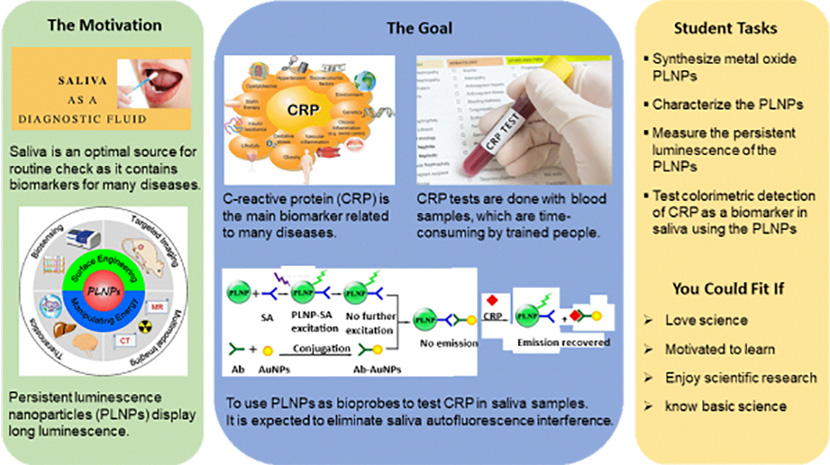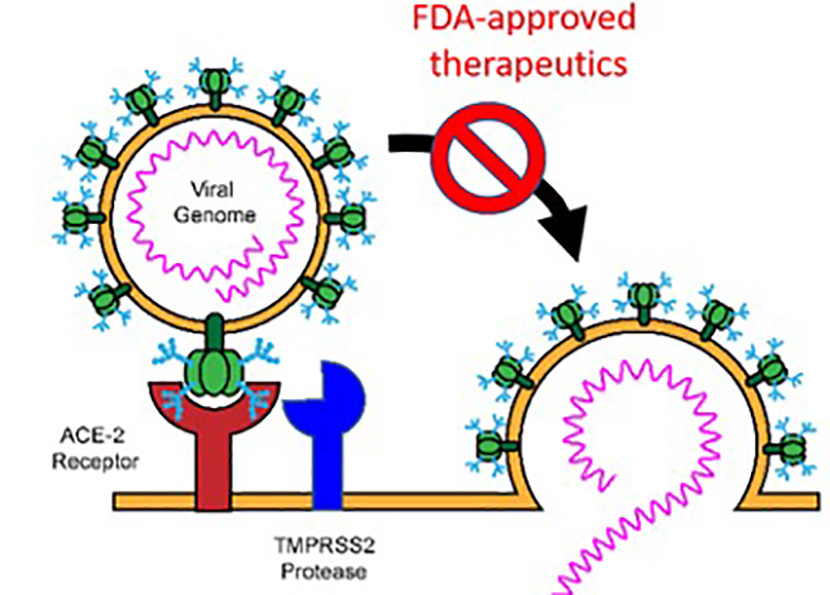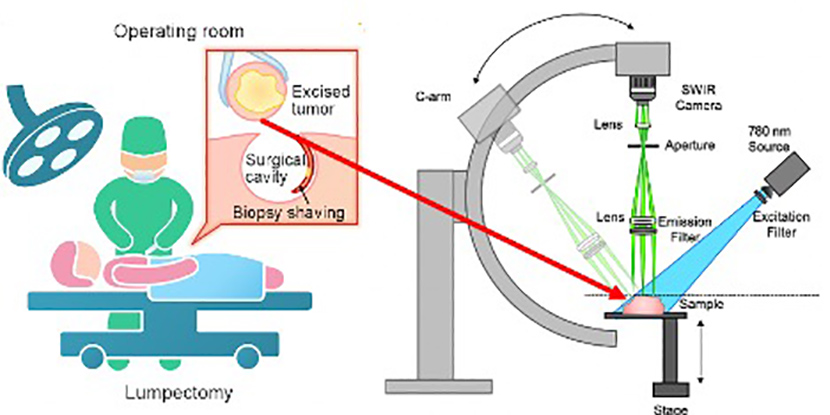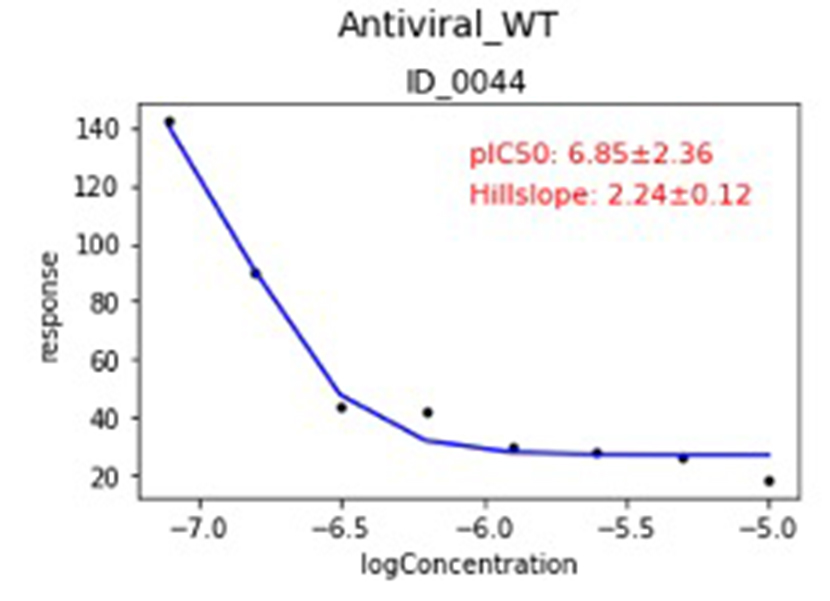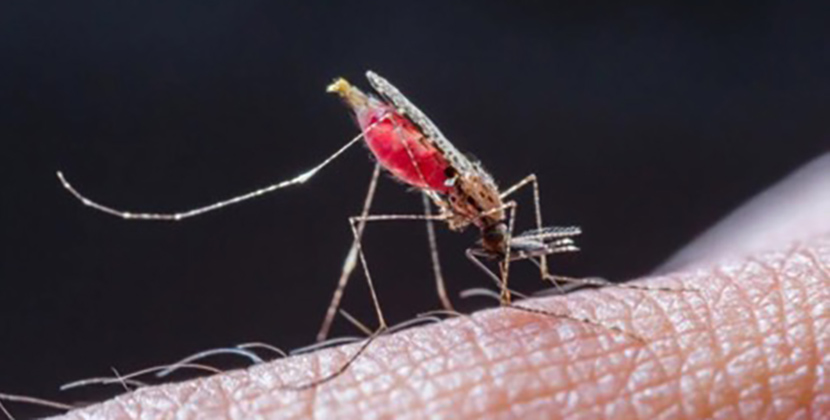Physician Operator Guidance Tool for Biomedical Image Processing using Matlab 2021
Professor: Keigo Kawaji (kkawaji@iit.edu)
Department: Biomedical Engineering
Brief Description: In the clinical workflow, physicians often require acquisition of custom measurements from patient data beyond those provided by commercially available software. Recently, emerging Artificial Intelligence tools have expanded the capabilities of custom tools. However, physicians cannot implement custom code to meet their clinical needs on their own. In this client-based project, we combine research - i.e. a graduate student's project, with the beginnings of a full software development cycle for an MD physician client. This RES-Match project is a semester-long guided software development training in MATLAB programming with focus on front-end development (i.e. the graphicap user interface), and learning how to "wrap" algorithms elegantly written by other IIT students already with training. Preferred student skills: Basic MATLAB programming experience. Ability to work both independently, and in teams. The drive to complete a project in a timely manner with the intent to convert this into a long-term UG research project.
Expected student outcomes: A) By end of semester - provide a demonstration of a working prototype on both IIT and Medical Center (UofC) computers. B) Learn about software test methods (e.g. unit test, stress test), and provide results of relevant software tests that may convince the MD physician.
Cellular Models of Colon Cancer
Professor: Abhinav Bhushan (abhushan@iit.edu)
Department: Biomedical Engineering
Brief Description: Approximately 110k new cases of colon cancer are estimated every year in the US. As we learn more about the limited applicability of rodents in human colon biology, there is a growing need to develop more relevant human centric models of colon cancer. Like many other tissues, the colon environment has a multitude of cell types, however, it is unique in the sense that there is a significant presence of the microbiome. These colonic bacteria could be causative to initiation, growth, and survival of cancer, but it is not completely known. Newer organoid based models provide a representative heterogeneous cellular population but lack the bacterial component. Therefore, to systematically study this, there is a need to create newer experimental models that can accommodate different aspects of the colon microenvironment.
Preferred student skills: Major in Biology or Biomedical Engineering
Expected student outcomes: The student will specifically learn about cancer microenvironment and in vitro/organ on chip models of colon cancer. During this process, the student will achieve
- an ability to conduct literature search,
- an ability to critically evaluate scientific literature, and
- an ability to communicate science effectively.
Functional Microbial Adhesion to Engineered Surfaces
Professor: Abhinav Bhushan (abhushan@iit.edu)
Department: Biomedical Engineering
Brief Description: There is an emerging need to study microbes, be it to tackle antibiotic resistance, diagnostics, or therapeutics. While eradication of unwanted microbial films is a pressing need, from the perspective of engineered surfaces, strategies to preferentially attach microbes are often desired. However, other than traditional methods such as gels, there is a general lack in our ability to preferentially attach microbes to engineered surfaces.
Preferred student skills: Major in Biology, Chemistry, or Biomedical Engineering
Expected student outcomes: The goals of this project will be to research and test bio/chemical strategies to attach microbial cells that maintain their functionality. This will require a detailed literature survey and preliminary experiments to test out the different surface preparations.
Bio-Electrochemical Behavior of 3D Printed Titanium Alloys
Professor: Amir Mostafaei (mostafei@iit.edu)
Department: Mechanical, Materials, and Aerospace Engineering
Brief Description: Compared to conventional manufacturing methods, additive manufacturing may impact microstructure of the processed alloys; thus, materials response in human body might be different from standard compounds. The proposed project aims evaluate the role of post-process treatments such as hot isostatic pressing and heat treatment on the evolution of microstructure and electrochemical behavior of 3D printed titanium alloy. The microstructure of the as-fabricated alloys indicates columnar beta grains with alpha prime martensite structure while heat treated samples show basketweave alpha + beta grains. This will impact electrochemistry of material in contact with bio-solution. Finally, we evaluate biocompatibility as a function of the process condition of AM parts.
This research merges disciplines including materials science, advanced materials processing, electrochemistry, and biomedical engineering. By both the manufacturing efficiency and the cost-effectiveness of the AM biomedical components made using high-quality, cost-effective powder, the knowledge gained from these investigations will provide significant opportunities for the biomedical industry.
Preferred student skills: Motivated, enjoy manufacturing and characterization, know basics of materials science.
Expected student outcomes: Operating laser powder bed fusion machine, feedstock and 3D printed part characterizations, Microscopy, data analysis.
Binder jet printing of stainless steel 316L biomaterial
Professor: Amir Mostafaei (mostafei@iit.edu)
Department: Mechanical, Materials, and Aerospace Engineering
Brief Description: Binder jetting (BJ) is a 3D printing process to shape parts layer-by-layer using a polymerics binder and powdered materials. Amongst other additive manufacturing (AM) processes, binder jetting is a high throughput, low cost and high energy efficient process, however, challenges with the process in terms of densification of the bound preforms still exist. In binder jetted materials, the as-fabricated part is in green state with a relative density of ~50% and post processing of sintering is required to densify parts to enhance mechanical strength. Porosity is the main defect in binder jetted materials. The majority of the large pores introduced during the binder jetting process are attributed to the liquid-solid interactions between the binder and power particles, such as interlayer voids and printing lines caused by ballistic ejection.
In the proposed work, we aim to advance the state of technology on binder jetting of ultra-fine powder incorporated with an innovative manufacturing system of using ultrasonic powder dispenser to enhance powder packing density and minimize powder bed defects. Here, optimum process parameters will be used to 3D print stainless steel 316L feedstock with an average particle size of 8 μm followed by sintering. Various sintering temperatures and holding times will be selected to study densification kinetics and resultant microstructure and phase formation in consolidated parts to achieve density of > 99.5%. Tensile strength and ductility will be evaluated using tensile test on parts with different porosity level and results will be compared with required strength and ductility of bioimplants in human body.
Preferred student skills: Motivated, enjoy manufacturing and characterization, know basics of materials science.
Expected student outcomes: Operating 3D printers, process optimization, design, materials characterizations, mechanical testing.
Colorimetric Detection of Biomarkers in Saliva Using Luminescence Nanoparticles
Professor: Yuanbing Mao (ymao17@iit.edu)
Department: Chemistry
Brief Description: Persistent luminescence nanoparticles (PLNPs) can remain luminescent for hours after cessation of excitation. They have emerged as important materials in biomedicine due to their special ability to eliminate tissue autofluorescence. In this study, we will explore the colorimetric detection of biomarkers in saliva using metal oxide PLNPs as bioprobes.
Specifically, we will apply metal oxide PLNPs as bioprobes to determine the concentration of C-reactive protein (CRP) for periodontitis diagnosis. CRP is an acute-phase reactant that is found at elevated levels in the whole saliva of patients who have periodontal disease. It is also the main biomarker related to cardiovascular risk and heart attack occurrence. Since the PLNP bioprobes display long persistent luminescence, saliva autofluorescence interference can be eliminated.
It is expected that the developed PLNPs possess tunable size and desirable persistent luminescence as ideal probes for eliminating autofluorescence interference in biosensing. This work is valuable in research areas such as studying the functions of biomolecules and monitoring of molecular/cellular networks in their native contexts.
Preferred student skills: Motivated and dedicated, enjoy scientific research with basic science knowledge.
Expected student outcomes: Synthesis and characterization of metal oxide nanoparticles. Test of persistent luminescence of the nanoparticles before and after interacted with CRP.
Development of Antivirals to Treat COVID-19
Professor: Oscar Juarez (ojuarez@iit.edu)
Department: Biology
Brief Description: In this project, students will be involved in research to develop novel antibiotics to treat SARS-CoV-2 using molecular biology, biochemistry and computational methods. The project is center to test FDA approved drugs that can be repurposed as inhibitors of the entry mechanism of the virus.
Preferred student skills: Basic laboratory training and safety training is required. Knowledge of basic use of statistic methods is required. Students majoring in Biochemistry, Chemistry, Chemical Engineering and Biomedical Engineering are considered strong candidates for the position.
Expected student outcomes: Students will conduct screening of drugs on pseudoviral infection systems.
X-Ray Phase Contrast Imaging for Enhanced Soft Tissue Contrast
Professor: Jovan Brankov (brankov@iit.edu)
Department: Electrical and Computer Engineering
Brief Description: Our lab has developed a low radiation dose version of a standard x-ray imaging system that offers enhanced contrast of soft tissues allowing imaging of bone and ligament tissues simultaneously in a single imaging setup. Efforts in this area have numerous applications including enhanced low-dose breast cancer screening (mammography) and orthopedics (tendon and ligament imaging, while maintaining bone contrast).
Preferred student skills: Interest in signal and image processing.
Expected student outcomes: The student will estimate potential image quality in knee joint imaging in the context of detecting injured knee ligaments.
Improved Detection of Insufficient Surgical Margins in Head and Neck Cancer Surgery
Professor: Kenneth Tichauer (ktichaue@iit.edu)
Department: Biomedical Engineering
Brief Description: Our lab has developed a fluorescent imaging system to help surgeons evaluate whether their cancer resection operations are complete (i.e., there is no cancer left in the patient at the margins of surgery). Optimization of the technology is an ongoing process involving the exploration of different imaging system components, geometries, and image reconstruction approaches, to count a few.
Preferred student skills: Some comfort with coding, a passion for research.
Expected student outcomes: As a first task, the student will work to identify the best lens, camera system from available commercial products. Additional tasks may follow depending on progress.
COVID Moonshot Data Analysis
Professor: David Minh (dminh@iit.edu)
Department: Chemistry
Brief Description: The COVID Moonshot is worldwide collaborative effort to develop a patent-free antiviral that targets the SARS-CoV-2 main protease. Over a thousand compounds have been synthesized and dose-response curves have been measured in several biochemical and antiviral assays (five total). Unfortunately, standard data analysis techniques have not yielded clear correlation between biochemical and antiviral results. I believe that the issue may be with the data analysis, in which the baseline and maximum response are normalized according to the mean of the controls; thus, errors in the controls may unduly influence parameter fitting. My group is working on a more robust analysis that does not excessively weight the controls. We have obtained promising results for one of the assays. A RES-MATCH student would help my graduate student with collating the control data for two or more additional assays so that we can complete the new analysis before the end of the semester. Our analysis could help the COVID Moonshot consortium to decide which assays to continue using and which compound to advance to clinical trials.
Preferred student skills: The candidate should be comfortable using a computer. Programming and data science experience and background in statistics is preferable.
Expected student outcomes: The milestones will be data curation for the controls of each assay and development of a regression method that includes the controls. The candidate will work closely with a Ph.D. student.
Multi-Scale Mapping of Structural Boundaries and Transitions in Biological Tissues
Professor: Joseph Orgel (orgel@iit.edu)
Department: Biology
Brief Description: Understanding the material and mechanical properties of human tissues is a great importance and relevance to biomedical engineering. 'Pure' tissues have been well characterized using several imaging techniques, and their material properties determined using physiological and mechanical testing protocols. Tissue transitions, on the other hand, are often considered discrete boundaries, i.e. there is a defined line between when one type of tissue interacts with another. However these boundaries are diffuse and often span over the entire length of the tissue.
New methodologies to determine these boundaries are now gaining more importance. This project will be aimed at understanding the intersection between various types of tissues and sub-cellular structures in animal and human organs, with particular emphasis on the brain. Using microscopy and X-ray diffraction as primary means of characterizing these transitions, the student will assist in following myelin and extracellular matrix tracks in the brain. These data will further be utilized for mechanical testing experiments and modelling.
Preferred student skills: Anatomical dissection of animal and human tissues, general laboratory etiquette (cleanliness and safety), motivated and enthusiastic to learn new techniques, team player.
Expected student outcomes: Enhanced dissection and sample preparation techniques for ex vivo testing of tissues, microscopy data analyses using ImageJ and Python, basics of X-ray diffraction data analyses using MuscleX and Python.
Massage Machine for Backache
Professor: Ali Khounsary (akhounsa@iit.edu)
Department: Physics
Brief Description: Back pain is one of the most common health problems, affecting many people at one stage or another in life. The causes vary, but they can be classified as injury, congenial, degenerative, and nerve and spinal cord problem. The quality of life and economic impacts are significant.
Massage is one of the modalities often recommended for relief and speedy recovery when appropriate. For the back, it involves spinal manipulation and mobilization by hand by the therapist to mobilize and stimulate the spine and the surrounding tissues. This usually requires an office visit
Preferred student skills: The tasks include reviewing some background information, developing a preliminary design, ordering parts to assemble, and testing a prototype. A solid background in bioengineering, mechanical engineering, or related fields as well as expertise in mechanical design is required.
Expected student outcomes: The purpose of this project is to develop a safe, inexpensive, compact, and automated massage system that can be used at home. The device uses one or more hand or motor-driven rollers of appropriate diameters that roll across the back with appropriate speed and pressure.
A Device for Mosquitos Entrapment for Genetic Testing
Professor: Ali Khounsary (akhounsa@iit.edu)
Department: Physics
Brief Description: Malaria a deadly illness killing about half a million people each year in poor countries. Infection occurs when a person is bitten by particular infected female mosquitos.
The threat posed by an individual mosquito depends on its species, gender and age, and this information is critical in determining where, when and how to intervene to eradicate them. Different mosquitos have different habits and habitants. It has been shown that the required information can be obtained through a simple genetic test. This aids in identification and the appropriate targeting of mosquitos.
Recently, a relatively inexpensive and compact device has been developed and used for rapid genetic testing of mosquitos. A mosquito is captured, crushed, and then tested using this device to identify it. This requires significant labor and limits the use of this device.
Remote and automatic operation of such a device offers immense advantages. It can test and relay the results remotely enabling many of these devices to be employed covering a large area continuously and with ease.
Preferred student skills: The project involves reviewing background information, designing the device, ordering parts, assembly, and testing. Background in mechanical, electronics, coding, and 3D printing are helpful. Interest in research is required.
Expected student outcomes: The idea behind this RES-MATCH project is to develop an adjunct electro-mechanical device that attracts, traps, and delivers mosquitos to the testing device for genetic analysis on a continuous basis so that the entire operation is automatic, economical, continuous, and remote.
Auto-Dispensing Prophy
Professor: Ali Khounsary (akhounsa@iit.edu)
Department:Physics
Brief Description: A dental prophylaxis is a dental procedure which is performed at regular intervals to reduce risk of gum and tooth disease. The “cleaning” procedure uses many hand-held or ultrasonic instruments. One of the devices that is routinely used is the ‘prophy’ which is used to polish teeth after the cleaning.
A prophy is often an all-plastic part with a small cup at one end as shown. It is attached to a hand-help device to provide rotation of the shaft and thus the cup through a gear system. Prophy paste consisting of abrasives is removed from small containers and manually placed onto the cup. The abrasive is worked onto the teeth by the rotation of the cup cleaning and polishing teeth. As the abrasive is used, the dentist will load the cup again and again.
Preferred student skills: The project involves reviewing some background information, developing a preliminary design as described, making prototypes, and testing them for performance. Bioengineering, mechanical engineering, or related fields with a strong background in CAD, mechanical design, and 3D printing is desirable.
Expected student outcomes: The purpose of this project is to eliminate the manual placement of the paste onto the cup. This can be done, for example, by loading the paste onto prophy so that the rotation of the cup automatically draws in the paste into the cup. This process will be faster, more hygienic, and reduces wasting of the paste.


